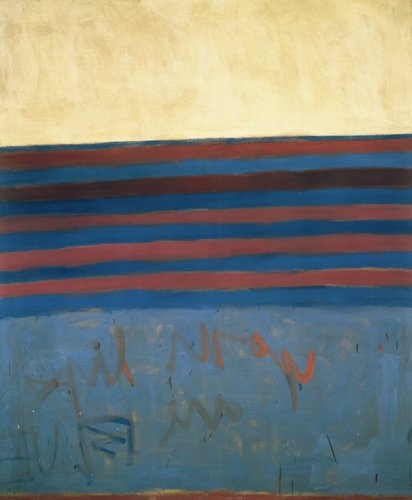Neoclassicism – Mid-Eighteenth Century to Early-Nineteenth Century
In addition to Anton Raphael Mengs (see art example below), other Neoclassicists are Robert Smirke, Robert Adam, Antonio Canova, Jean-Antoine Houdon, Bertel Thorvaldsen, J. A. D. Ingres and Jacques-Louis David.

Last Monday’s Art – Les Nabis
Next Monday’s Art – Neo-Plasticism
Top of post: “Neoclassicism” graphic created by Adrean Darce Brent
Below: “Monday Morning Museum” logo created by Adrean Darce Brent
Neoclassicism (from Greek νέος neos, Latin classicus and Greek -ισμός ismos) is the name given to Western movements in the decorative and visual arts, literature, theatre, music, and architecture that draw inspiration from the "classical" art and culture of Ancient Greece or Ancient Rome. The main Neoclassical movement coincided with the 18th century Age of Enlightenment, and continued into the early 19th century, latterly competing with Romanticism. – Wikipedia.org
In addition to Anton Raphael Mengs (see art example below), other Neoclassicists are Robert Smirke, Robert Adam, Antonio Canova, Jean-Antoine Houdon, Bertel Thorvaldsen, J. A. D. Ingres and Jacques-Louis David.
Giocomo Casanova, 1760 by Anton Raphael Mengs (1728-1779)

Last Monday’s Art – Les Nabis
Next Monday’s Art – Neo-Plasticism
Top of post: “Neoclassicism” graphic created by Adrean Darce Brent
Below: “Monday Morning Museum” logo created by Adrean Darce Brent



















.jpg)


